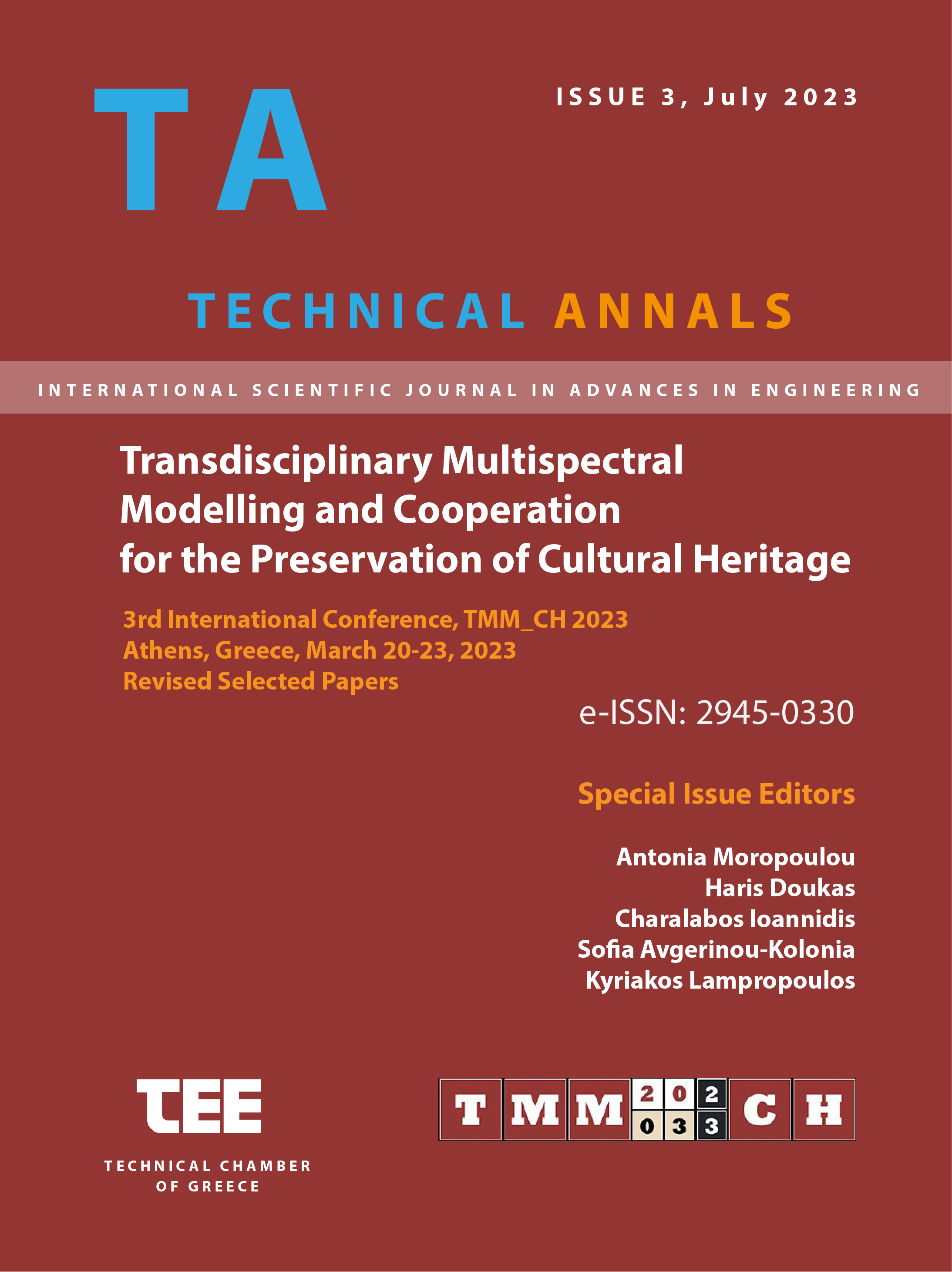The concept of risk and its measurement in the field of built heritage conservation: critical aspects and potential improvements

Abstract
The term risk has been defined in different ways in various scientific areas. As a result, there is a certain confusion over the meaning and the use of the term. In order to understand better the variety of approaches to the concept of risk and consequently its measurement, representative studies, carried out by re- searchers and professionals, are considered. Which are the most important as- pects that built heritage conservation adopted and developed and how these as- pects have led to the use of different methods of assessment and evaluation of risks? Secondly, different methods of risk assessment and evaluation, adopted in various activities of the built heritage conservation process, are selected and an- alyzed. With the aim to highlight their strengths and limitations, a comparison is drawn, permitting us to have an overall picture of the available methods and at the same time to identify the eventual gaps and the critical aspects of the re- search/practice. Lastly, based on the acknowledgment of the limits and the prob- lems of the various methods, suggestions for improvement are made.
Article Details
- How to Cite
-
Konsta, A., & Della Torre, S. (2023). The concept of risk and its measurement in the field of built heritage conservation: critical aspects and potential improvements. Technical Annals, 1(3). https://doi.org/10.12681/ta.35361
- Section
- Uni and interdisciplinary approach for the sustainable preservation of Cultural Heritage

This work is licensed under a Creative Commons Attribution-NonCommercial-ShareAlike 4.0 International License.


